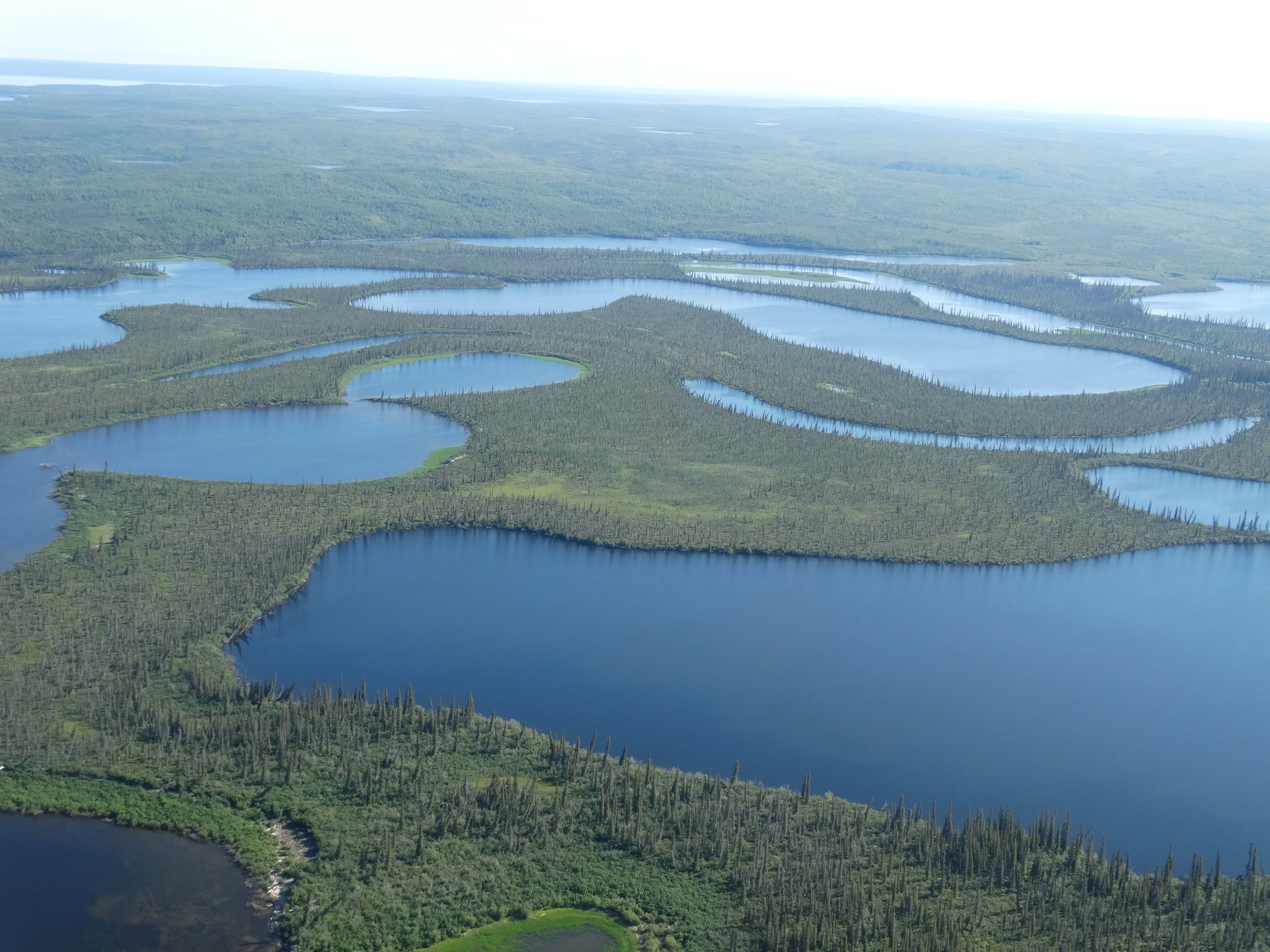The Marine Transportation Services announced today they are continuing to monitor water levels from Hay River into the Sahtu regions along the Mackenzie River and are “optimistic” about the 2025 season.
Jeremy Hennessy with the Canadian Coast Guard told True North FM on Wednesday that the navigational aids (buoys) were in the water.
“Both CCG’s buoy tenders are now operational, working on the Mackenzie River placing buoys,” said Hennessy.
“CCGS Dumit is roughly 40KM north of Tsiigehtchic, and CCGS Eckaloo is roughly 25KM south Fort Providence at this time,” added Hennessy.
Today, MTS announced that the Canadian Coast Guard is hopeful that a sufficient number of buoys will be placed to allow sailing operations to begin in the Sahtu.
MTS says they are “optimistic” about the 2025 season and have set 2025 cargo acceptance dates for communities in the Sahtu region. MTS is accepting cargo departing from Hay River to Tulita, Norman Wells, and Fort Good Hope until Monday, June 30 with sailing schedules subject to change depending on conditions.
A few weeks ago, Hennessy told True North FM about the importance of navigation along the Mackenzie River.
“The aids to navigation work carried out by the Canadian Coast Guard (CCG) on the Mackenzie River is crucial to ensuring safe and efficient transit during the ice-free months. CCG recognizes the importance of the Mackenzie River, and continues to work closely with partners to ensure safe and efficient transit on this key route,” said Hennessy who explained that the CCG will assess water levels for spring buoy tending operations.
“CCG buoy tenders typically start placing buoys on the Mackenzie River in early/mid-June. These operations generally take three to four weeks, and are completed by early July. These operations may be completed earlier or later, due to factors such as water levels, weather, ice conditions, and other operational considerations,” added Hennessy.
The CCG will adjust its operations as necessary to reflect the conditions of the river and ensure safety of its crews.
“CCG has two specialized buoy tending vessels in the Arctic: CCGS DUMIT and CCGS ECKALOO. Both are based in Hay River, NWT, and carry out annual aids to navigation work on the Mackenzie River and Great Slave Lake during the summer sailing season in support of community resupply in the Northwest Territories,” said Hennessy.
Maintaining the navigational buoys is complex, especially in shallow waters.
“These vessels are specially designed to operate in shallow areas commonly found on the Mackenzie River. CCGS DUMIT and CCGS ECKALOO have drafts of 1.6 m, and 1.4 m, respectively. This allows the vessels to access shallow areas to place, reposition, and maintain navigational buoys,” explained Henessy.
At a Public briefing earlier this month in Yellowknife, Terry Camsell, Marine Transportation Services director, had noted that the Mackenzie River was showing promising water levels.
The 2024 had season seen unprecedented low water levels, resulting in the closure of barge navigation on the Mackenzie River.
Cargo for the Inuvialuit Settlement Region (ISR) was trucked to Tuktoyaktuk and loaded on barges for delivery. All fuel was shipped from Alaska via tankers and deliveries were made to Lutselk’e on Great Slave Lake.
NWT’s Department of Infrastructure moved over 7.7 million litres of fuel to communities.
This season so far, the water levels are in a “marginal zone” between historic high and low levels, and it will depend entirely on the coast guard’s assessments, Camsell pointed out.
“Water system has recovered somewhat from that but is still suffering the after effects from 2024,” he cautioned.
Camsell explained that water levels at Fort Providence Rapids will be critical as the rapids mark the start of the Mackenzie and the entrance into the Sahtu region.
“The water looks. Okay, right now. So as long as that holds for several weeks, they’ll be able to put the buoys in. So later this week, we’re going to send out another small craft. That’s surveying the area between mile 0 and mile 20. That’s the area upstream from Beaver Lake to see if that’s passible as well so that’s the first hurdle we’ll cross,” he said.





